


|
|
|
|
|
VOLUME 17 • CHAPTER 3 • July 2017Memoirs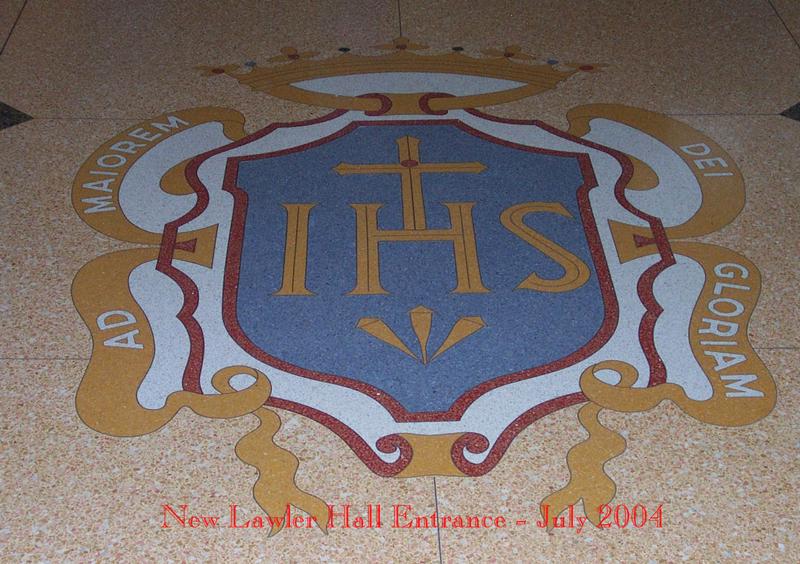 We've been trying to get memoirs from retired and not-so-retired Campion jebbies
for our newsletter for quite some time.
We don't care if the memoirs are about when they went to Campion, taught at Campion, or just what they've done since leaving Campion. We just want to hear something from our mentors in the first person. Perhaps words of wisdom learned while IHS. Typically we only get 3rd person post mortem.
Not to lay all the blame on the jebbies... why can't we get memoirs from more alumni. Where are all those other authors and editors of the old 'ette.
We've been trying to get memoirs from retired and not-so-retired Campion jebbies
for our newsletter for quite some time.
We don't care if the memoirs are about when they went to Campion, taught at Campion, or just what they've done since leaving Campion. We just want to hear something from our mentors in the first person. Perhaps words of wisdom learned while IHS. Typically we only get 3rd person post mortem.
Not to lay all the blame on the jebbies... why can't we get memoirs from more alumni. Where are all those other authors and editors of the old 'ette.
It is hard to believe that is already 7 years since Hugie '47 turned over the reigns of the Campion Forever Newsletter to me before he passed. I had helped him start it 17 years ago by hosting his early PDF newsletters on the C-K site. While it has been a task getting people to submit articles, there are a few dedicated alumni and jebbies who do regularly provide ideas for articles. This is a good thing, else I would have to conjure the 'Ghost of Joe Campion' for ideas more than I care to. Tom O. From Dick English '54... Thanks Tom for the never ending Campion saga of men who went to this very unusual prep school out in the wilds of Southwestern Wisconsin. I graduated in 1954, went to Marquette University, married my sweetheart from Milwaukee, and started our world wide travels. We lived in Puerto Rico, Turkey and Greece before settling in Richmond Virginia. I kept in touch with classmates from Campion and have been friends with several for more than 60 plus years. It's been a good ride. As Bob Hope said "Thanks for the memories" Dick English "54"

From Thomas Olson '72... Freshman religion indoctrination was taught by Fr. Aspenleiter. One of the first things I remember him teaching used this diagram. He drew on the chalk board the words earth at the bottom and Heaven at the top. He proceeded to declare that everybody can go to heaven. Lutherans can go to Heaven as he drew an arch from earth to Heaven. Baptist can go to Heaven as he drew another arch. Presbyterians can get to heaven as he drew yet another wider arch. "And even Methodists" (of course we had no idea why he kind of chuckled while stating that). But on he went drawing arches. Even Buddisht and Athiests will get to heaven, albeit a longer harder path for them. Lastly he drew a straight line from earth to Heaven while stating "but the shortest path to Heaven is right up the middle with the Catholic Church. Boy, he knew how to grab our attention! Obviously he didn't have room to comment on all religions. But we got the point of his lecture using this diagram. I often wondered what it would look like if he included Mormons. Perhaps a slight detour to the Celestial Heavens (Kingdoms). And what about Scientology, a fledgling young perhaps 10-15 year old theology at the time. Anyways, the image above is what I recall from the sketch I made in my bible used for the course. I often think this generalization accepting all religions might have had it's beginning in the Big Change... Vatican II. Yet, remain somewhat Catholic centric. We did have students of non-Catholic faiths.
There is also a photo with Fr. Scott, S.J. Golf Reunion NewsThe 23rd Annual All Class Reunion/Golf Tour was on June 12 in PdC. Pictures and reports are on the C-K site - PdC Golf Tour Reports The 4th Annual All Class Chicago Golf Tour was August 7 in Homewood, IL. The Announcement. Ghost of Joe Campion...
Does anybody wonder: Does the Ghost of Joe Campion still reside there? [EDIT: The Hoffman Story and Campion]
For Richer, For Poorer(2013):Jesuit Secondary Education in AmericaAnd the Challenge of Elitismby Casey Beaumier, S.J.A PhD dissertation, Boston CollegeAbstract: In the 1960s American Jesuit secondary school administrators struggled to resolve a profound tension within their institutions. The religious order's traditional educational aim dating back to the 1500s emphasized influence through contact with "important and public persons" in order that the Jesuits might in turn help direct cultures around the world to a more universal good. This historical foundation clashed sharply with what was emerging as the Jesuits' new emphasis on a preferential option for the poor. This dissertation argues that the greater cultural and religious changes of the 1960s posed a fundamental challenge to Catholic elite education in the United States. The competing visions of the Jesuits produced a crisis of identity, causing some Jesuit high schools either to collapse or reinvent themselves in the debate over whether Jesuit schools were for richer or for poorer Americans. The dissertation examines briefly the historical process that led to this crisis of identity, beginning with the contribution of Jesuit education to the Americanization of massive numbers of first and second-generation immigrant Catholics as they adjusted to life in America in the first half of the twentieth century. As Catholics adapted, increasingly sophisticated American Jesuit schools became instrumental in the formation of a Catholic elite, and many of the institutions found themselves among elite American schools. This elite identity was disrupted by two factors: the cultural volatility of the 1960s and the Jesuits' election of a new leader, Pedro Arrupe. While some Jesuit educators embraced Arrupe's preferential option for the poor, others feared it would undercut the traditional approach of outreach to the elite. Through a case study of one Jesuit boarding school, the dissertation seeks to expand our understanding of the impact of 1960s social change into the less-explored realms of religion and education. Download the Full Dissertation PDF directly from Boston College [EDIT NOTE: Chapter 6 give a deeper analysis of the Campion experience than previously published and is extensively referenced!]
From Paul McCullough '70...
..... For Knights on their way to the Jersey Shore
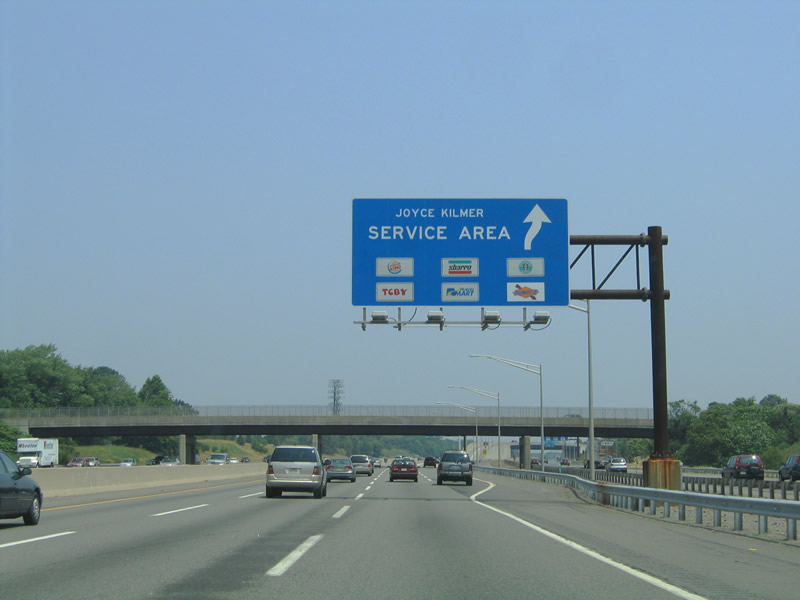
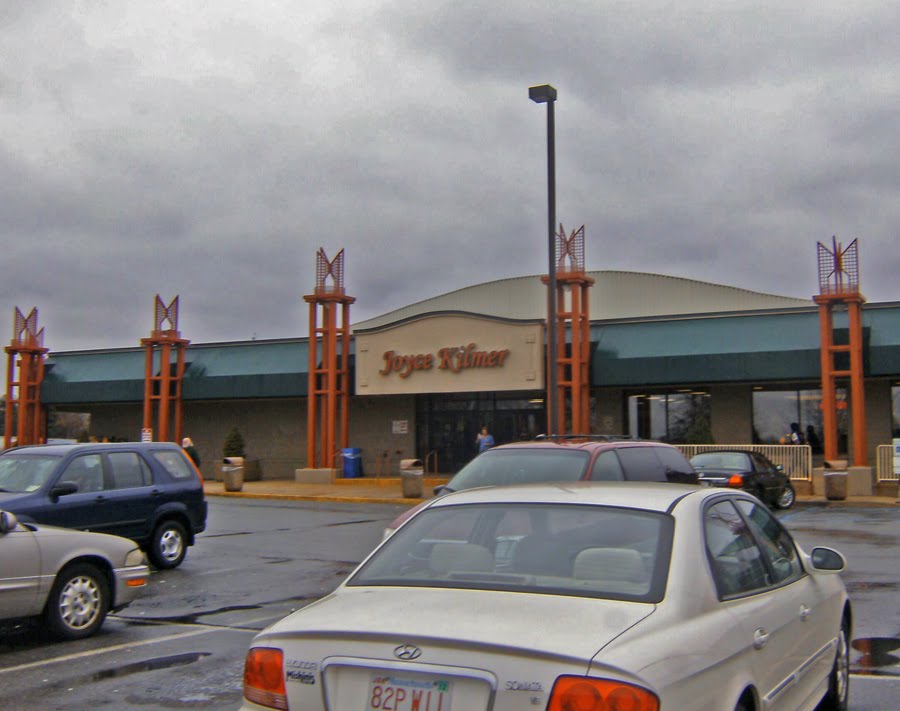
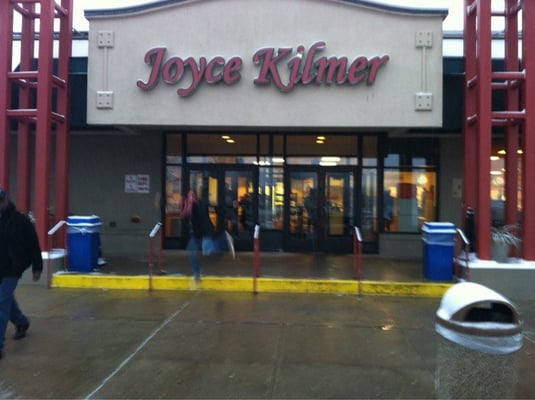
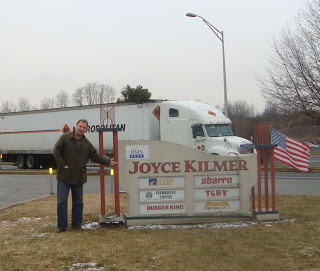
The Story of Joyce Kilmer and Campion More about Joyce Kilmer and Campion JHS is on the C-K site. From John Duskey '63...
Lawler HallJesuit Residence, 1955 to closingAmong all the buildings at Campion, Lawler Hall is perhaps the most interesting and versatile. It was built in 1955, at the direction of Fr. A. G. Giunta and was dedicated in celebration of the schools 75th anniversary. It served primarily as the residence for the Jesuit community, but after the 1968 Kostka Hall fire, several administrative offices were relocated to this building.
Most of us alumni remember the president's office and the parlors on the first floor.
At the time it was built, Campion was at its peak enrollment, and there were nearly fifty Jesuits at the school. But even at times of peak enrollment, it was usual to have 6 Jesuits assigned to Campion Hall, 8 to Lucey Hall, and 6 to Marquette Hall. So it appears that, even in peak years, Lawler Hall rarely housed as many as thirty Jesuits. Priests lived there, but so also did the Jesuit Brothers, and, at times, there were a few scholastics who were assigned to live there, too. It is clear that Fr. Giunta expected the school to grow substantially. In the early years of Lawler Hall, the school's enrollment was limited by the available student dormitory space. But even after the construction of Lucey Hall (1959) and Xavier Hall (1965) enrollment seemed to have hit a ceiling of about 600 students. And by the 1960s, the Jesuits at Campion started to notice limitations on the number of available Jesuit personnel.
The retired senior priests, who lived in the faculty suites, had personal care available to them as needed. This was usually through the efforts of one of the Jesuit brothers. The same physicians as cared for ailing students, such as Dr. Garrity or Dr. Farrell, were available to the Jesuits as the need would arise. Likewise the head nurse (Mrs. Kathryn Brauch in our day) was able to visit as needed. If a priest developed some serious health needs beyond the care available in Lawler Hall, he would be sent to Omaha or Milwaukee, where hospitals were more readily available. During the 1980s, long after Campion had closed, the number of retired Jesuits started to increase, and this model of community self-care became difficult to maintain. Wisconsin province Jesuits then established the Jesuit retirement community at St. Camillus in Wauwatosa, Wisconsin. A few Jesuits continued to live at Lawler Hall after the school closed, until the real estate was sold to the Lutherans in 1978. Successor owners of the real estate have used Lawler Hall for classrooms, as Campion Hall was considered unsafe. During its 62 years, Lawler hall has been used for just about every purpose in the operation of a boarding school, except as a student residence. It has been well maintained and even today it dominates the land that used to be the campus of Campion High School.
Click on these to see bigger versions [EDIT: The Lawler Hall Dedication Brochure is available at the C-K site.] John Duskey '63 sends a reprint...
Spirit Daily: An Interview with the Priest Involved in
|
| name | class_of | deceaseddate | city_grad |
|---|---|---|---|
| Edmund Hayden | 1953 | 2017-01-09 | Woodstock |
| Marco J. Muscarello | 1956 | 2017-01-16 | Chicago |
| Albert D. Haverkamp | 1955 | 2017-01-26 | Naperville |
| James Walter Ryan | 1953 | 2017-01-28 | Lake Villa |
| Charles A. Welter | 1972 | 2017-02-08 | Gary |
| Joseph E. Weber | 1947 | 2017-02-27 | Chicago |
| William S. Antognoli | 1965 | 2017-03-03 | Glenview |
| Bert Peter Kalb | 1971 | 2017-03-05 | Dubuque |
| Mark E. Criqui | 1970 | 2017-03-23 | St. Paul |
| Carl F. Bachle | 1948 | 2017-03-24 | Grosse Pointe Peak |
| William D. Berg | 1946 | 2017-03-26 | Western Springs |
| Patrick Weiland | 1970 | 2017-03-27 | Oak Park |
| Henry M. Lauer | 1953 | 2017-04-06 | Chicago |
| David P. Faler | 1967 | 2017-04-17 | Saginaw |
| Robert Conklin | 1953 | 2017-04-27 | Chicago |
| Peter B. OBrien | 1957 | 2017-05-20 | River Forrest |
| Tom Roderer | 1959 | 2017-05-28 | Dayton |
| John A. Eck | 1959 | 2017-06-27 | Williams Bay |
| Jim Ward | 1952 | 2017-07-08 | Chicago |
| Neil W. Sulier | 1956 | 2017-07-30 | Lexington |
| Robert A. Beaton | 1956 | 2017-08-15 | Chicago |
| Rev. Bernard J. Streicher, S.J. | 1946 | 2017-08-17 | Toledo |
| Robert A. Biermann | 1951 | 2017-08-18 | Wichita |
| Maurice J. Coyle | 1954 | 2017-08-22 | St. Louis |
| Joseph C. Woods | 1962 | 2017-08-24 | Port Huron |
| Philip Garcia | 1962 | 2017-08-30 | Breese |
| Robert L. Rasmussen | 1961 | 2017-09-03 | Minneapolis |
| James M. Braithwaite | 1969 | 2017-09-10 | Evanston |
| Jerome Kay | 1957 | 2017-09-15 | Chicago |
| Clem B. Knapp | 1959 | 2017-09-16 | Hammond |
| Jack F. Ryan | 1949 | 2017-09-19 | Chicago |
| Kevin F. Costello | 1953 | 2017-09-21 | Cicero |
| John L. McNamara | 1956 | 2017-09-21 | Ioniq |
| Frederick J. Sevenants | 1970 | 2017-10-06 | La Cross |
| Richard D. Ansay | 1964 | 2017-10-07 | Wauwatosa |
| Robert J. Scanlon | 1955 | 2017-10-14 | La Salle |
| Donald Lochner | 1939 | 2017-11-01 | Prairie du Chien |
| Charles J. Higgins | 1947 | 2017-11-03 | Minden City |
| Thomas M. McKillip | 1954 | 2017-11-06 | Prairie du Chien |
| William A. Regan | 1966 | 2017-11-07 | Rockford |
| Tom J. Borger | 1966 | 2017-11-07 | Elkhart |
| Mark S. Sargent | 1970 | 2017-11-12 | Springfield |
| Michael R. Clapp | 1967 | 2017-11-14 | Butte |
| Paul A. Waickman | 1947 | 2017-12-21 | Akron |
| Franklin V. Pierce | 1971 | 2018-00-00 | Sydney |
|
|
|
|